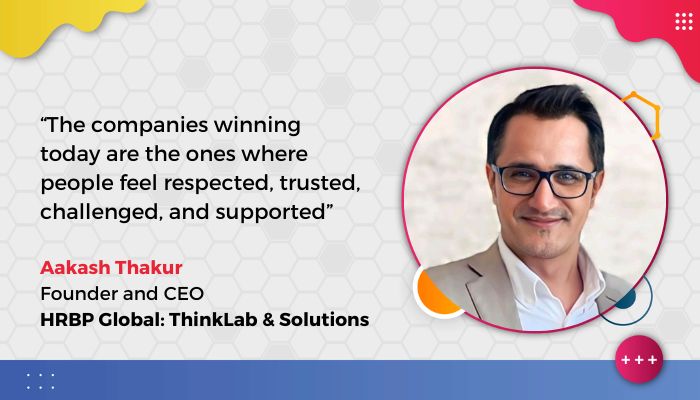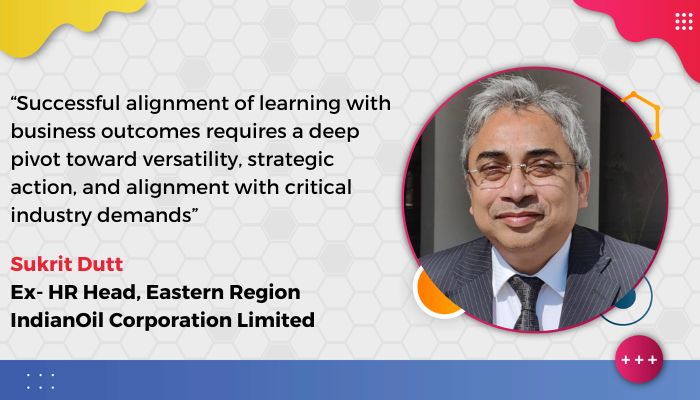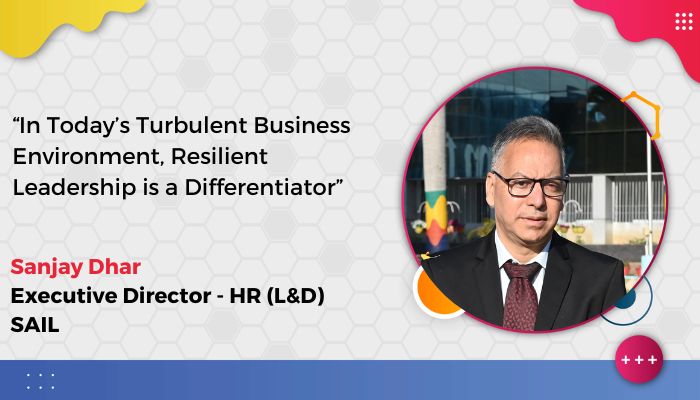The people who earn the most in India have 57% of the country’s income, including 22% owned by the top 1%, while the people who make the least have only 13%.
Pay disparity is an inescapable issue that plagues workplaces across the globe. It occurs when individuals who perform comparable tasks or bring equivalent value to their organizations are compensated unequally due to gender, race, age, seniority, or job title. This issue has emerged as a significant concern within organizations, leading to many negative consequences for employees and the company’s overall functioning. This disparity breeds employee dissatisfaction and has far-reaching implications beyond individual discontent. From a broader perspective, it directly contributes to a higher turnover rate, reduced productivity, and underperformance, posing a threat to the organization’s brand image in numerous ways.
A significant consequence of dissatisfaction with balance is the potential decline in employee motivation and performance. A ground-breaking report published in 2013 of Gallup’s study (Gallup, a renowned organization specializing in analytics and advisory services) sheds light on a pressing issue chasing the U.S. economy. Their findings revealed that many employees lacked engagement and enthusiasm toward their work, resulting in a staggering annual loss of up to $550 billion. This revelation is a stark reminder of the detrimental impact that disinterested employees can have on the nation’s overall productivity and financial well-being. Another Harvard Business Review (HBR) report 2018 titled “Compensation and Benefits, a Comprehensive Analysis” delves into the intriguing relationship between employee pay and job retention. According to the findings presented in the report, a mere 10% increase in an employee’s compensation can result in a notable 1.5% increase in their likelihood to remain with their current employer, as per the Glassdoor survey. The effect of pay disparity on an organization’s reputation, brand image, customer satisfaction, and social responsibility cannot be underestimated.
Pay inequality is also a problem in different sectors in India. For example, the Indian garment industry has a big difference in earnings. The people earning the most in this sector make 12 times more than those earning the least. The report also showed a worrying gender pay gap of 34% that women workers faced in this industry. This shows that ethical issues have hurt the image of famous global brands like H&M, Gap, Marks & Spencer, and Zara. Monster India also offers a worrying difference in the IT sector. The results showed a significant gender pay gap of 26% in 2018. Another critical gap, as high as 30%, is in the manufacturing sector between men and women, according to the wage gaps as Monster India report of 2017. Shockingly, women only earned Rs100 for every Rs143 their male colleagues made, according to the International Labour Organization (ILO) published the India Wage Report (Nov 2022). The smallest pay gap was in the agricultural sector, where women earned about 17% less than men, or Rs 119 for every Rs 143. However, the report may not show the actual pay gap, as they did not consider other things that could change the real difference in earnings, such as education, experience, skill level, occupation, and industry. This makes us realize that we must question how equal and fair the workplace is and what creates this unfairness. These results show the apparent differences in various sectors, making us wonder how well people are paid and how women are treated. This unfairness significantly impacted how women felt and their chances to keep their jobs and move up in their careers. Because of this, these organizations lost their reputation as good places for women to work and as supporters of diversity and inclusion.
The Harvard Business Review (HBR) study in 2019 showed a significant link between how engaged employees are and how much revenue grows. The study showed that a slight 5% increase in employee engagement can increase revenue by 3%. These results show how important it is for employees to be engaged in their work for the organization to do well and how much we need to ensure that employees are motivated and happy. It also means that if the employees are not working on making employees more engaged, the revenue will not grow. The World Inequality Report 2022 says India is “a poor, very unequal country with a rich elite.”
The people who earn the most in India have 57% of the country’s income, including 22% owned by the top 1%, while the people who make the least have only 13%. These reports show that pay inequality in India is a big problem affecting people and organizations. A statement by Oxfam India in 2023 says that the top 1% of the Indian people have more than 40.5% of the country’s total wealth, while the bottom 50% have about 3% of real wealth.
In one of my recent assignments as the head of HR in a power sector organization, I initiated a compensation benchmarking project to assess the internal pay parity of our employees. We hired consultants to review the salary structure across different departments and management levels based on gender, age, and experience. To foster a diverse, inclusive, and productive workforce, we realized that we must evaluate their hiring process and offer mentorship and professional development opportunities to retain talent and encourage diversity. We catered to the aspirations of new female employees, provided opportunities for promotion to senior and leadership roles, and provided career guidance tailored to their specific goals to junior employees. Moreover, we conducted pay audits to check for gaps and adopt transparent pay practices to reduce the gender pay gap, which may have been up to 30%. Inclusiveness, flexibility, and pay parity are critical factors for creating a great workplace and employee centricity.
An article written by Sarmistha Roychowdhury, Researcher -Tata Institute of Social Science, Mumbai (Head HR /CHRO)
Disclaimer: The opinions and views expressed in this article, including any accompanying data, are the sole responsibility of the author and should not be construed as reflecting the official policy or position of India Employer Forum.
You might also be interested to read: IndiaFirst Maps Employee Destiny with ‘Career Kundali’






